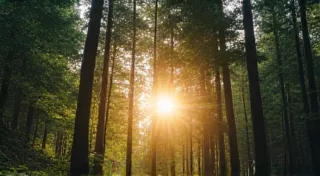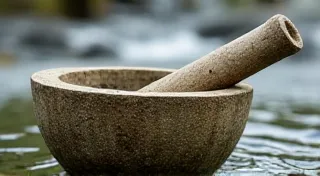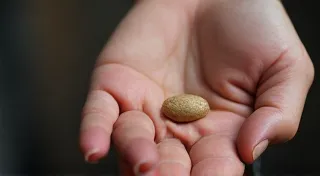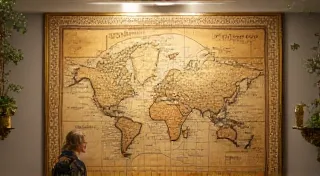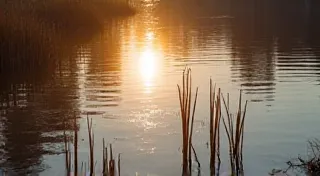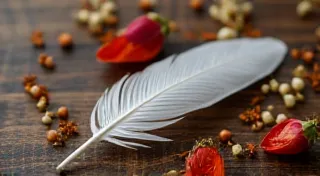Shadows of the Past: Lost Herbal Traditions & Their Revival
There's a quiet dignity in things that have weathered time – a silent story whispered by worn wood, faded fabric, and the subtle patina of age. I think of antique accordions, their bellows sighing with melodies long forgotten, their keys echoing with the laughter and tears of generations. They remind me of something vital about our relationship with the natural world, particularly the herbal remedies passed down through families and communities for centuries. These aren't just recipes; they are living legacies, intricately woven into the landscapes and cultures they sprung from. And too often, they're fading, overshadowed by modern medicine and the relentless march of globalization.
The story of these lost herbal traditions is a complex one, a tapestry of colonial influence, societal shifts, and the slow erosion of indigenous knowledge. For millennia, people lived intimately connected to their local plants, possessing a profound understanding of their properties, not just for healing but for sustenance, ritual, and spiritual well-being. Consider the Appalachian region of the United States. Before the arrival of European settlers, Native American tribes like the Cherokee and Shawnee cultivated extensive knowledge of plants like goldenseal, bloodroot, and ginseng, utilizing them for a wide range of ailments. Their practices weren't simply about treating symptoms; they were holistic, addressing the interconnectedness of mind, body, and spirit. Often, the influence of minerals in the soil impacted the potency of the herbs; a connection explored further in resources like The Stonecutter's Guide: Mineral Interactions & Herbal Potency.
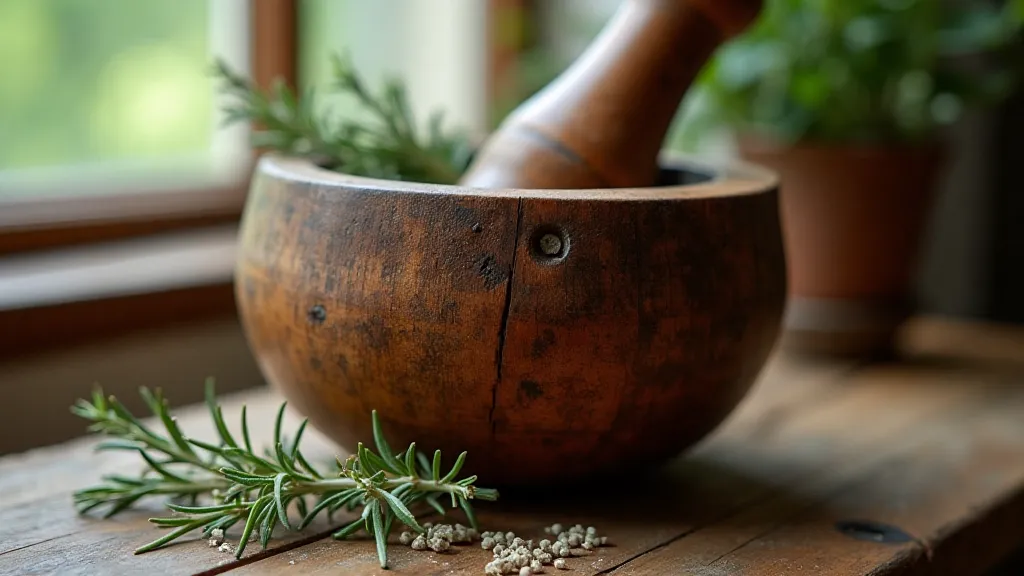
The Colonial Shadow and the Disruption of Knowledge
The arrival of European colonists marked a significant turning point. While some colonists sought to learn from indigenous herbalists, the dominant narrative often involved the dismissal of traditional knowledge as “superstition” or “paganism.” Western medical practices were actively promoted, often at the expense of established herbal traditions. Land encroachment further disrupted the delicate balance. As forests were cleared and traditional farming practices were replaced with monoculture agriculture, vital medicinal plants disappeared. The forced assimilation of indigenous peoples, particularly through residential schools, tragically severed the direct transmission of herbal knowledge from elders to younger generations. The effects were devastating, and the loss reverberates even today.
My grandmother, Elsie, grew up in rural Kentucky in the early 1900s. She rarely spoke of her childhood, but when she did, the stories were laced with a quiet melancholy. She recalled her grandmother, a woman of Cherokee descent, who possessed an extraordinary understanding of local flora. Elsie would accompany her, learning to identify plants by their scent and texture, not just by their appearance. She remembers gathering dandelion roots for liver cleanses and sweetgrass for ceremonial cleansing – practices now largely absent from her own family’s life. "They knew what to listen to," she would say, her voice barely a whisper, "The plants, the earth... they told you what you needed." That sense of listening, of intuitive understanding, seemed to be what was lost. It’s a sentiment that echoes the wisdom contained within accounts of The Whispering Roots: Unearthing Ancestral Botanical Wisdom, revealing long-forgotten techniques and perspectives.
Beyond the Recipe: The Craftsmanship of Healing
It's easy to reduce herbal remedies to simple recipes – a teaspoon of this, a tablespoon of that. But true traditional medicine is so much more than a list of ingredients. It's a distillation of centuries of observation, experimentation, and cultural understanding. The skills involved in gathering, preparing, and administering these remedies were often passed down through apprenticeships, demanding not just knowledge but also a deep respect for the power of nature. The connection to place and the intimate understanding of the local environment were paramount. Imagine the herbalist’s profound awareness of the subtle changes in plant quality dictated by the seasons, the microclimates, and the local geology. These nuances are often unappreciated by those with only a superficial understanding.
Think about the meticulous process of preparing elderflower cordial – not just steeping the flowers in water and sugar, but knowing the precise moment of harvest when the blossoms are at their peak potency, understanding the subtle nuances of the local climate that affect the flavor and medicinal properties of the flowers. Or the skill required to create a poultice from comfrey root, knowing how to correctly process the root to minimize toxicity and maximize its healing power. These weren't mere acts of cooking; they were acts of craftsmanship, requiring patience, intuition, and a profound connection to the natural world. The legacy of these skills is fragile, easily lost to the pressures of modern life and the convenience of mass-produced remedies.
The Seeds of Revival: Reclaiming the Past
Fortunately, the shadows aren't absolute. Across the globe, there's a burgeoning movement to revive lost herbal traditions. This revival isn't about blindly recreating the past; it's about re-establishing a relationship with the natural world, blending traditional knowledge with modern scientific understanding. It's a thoughtful integration, acknowledging the value of both ancient wisdom and contemporary research.
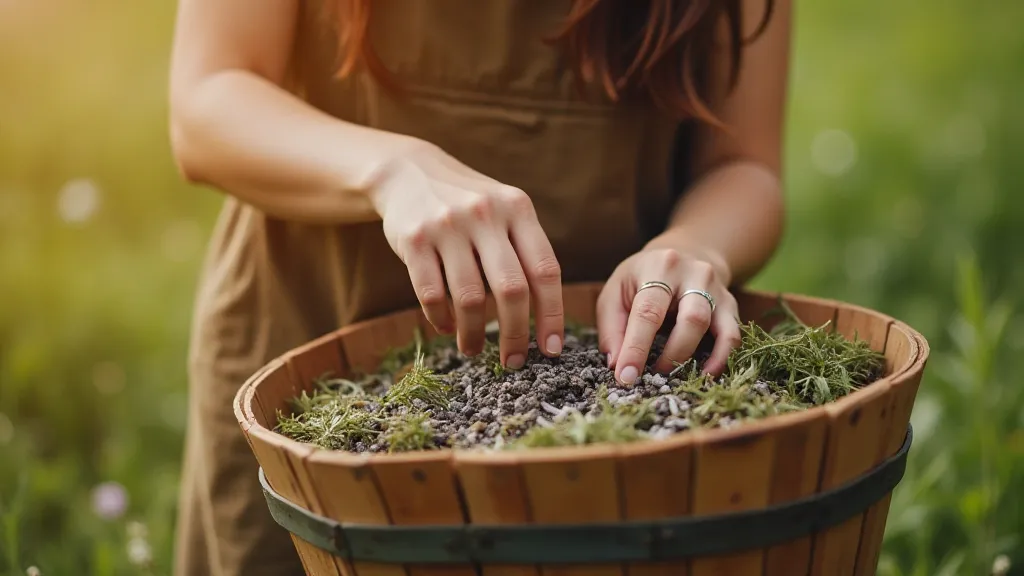
Indigenous communities are actively reclaiming their ancestral knowledge, organizing workshops, and creating educational materials. Herbalists are collaborating with botanists to document traditional uses and conduct scientific research. Farmers are experimenting with agroforestry systems that integrate medicinal plants into their farms, creating sustainable sources of these valuable resources. There's a growing appreciation for the importance of preserving heirloom seed varieties, ensuring that the plants themselves are not lost to extinction. The beauty and fragility of ephemeral botanical gifts are increasingly recognized, highlighting the need for careful conservation efforts.
Collecting antique herbalism books, for instance, isn’t just a hobby; it’s a form of cultural preservation. Many of these volumes, dating back centuries, contain invaluable information about traditional remedies, often accompanied by exquisite botanical illustrations. While restoration is a delicate process – often best left to professionals – even simply preserving these books in good condition ensures that their contents remain accessible for generations to come. Understanding the historical context of these remedies, the practices of the time, provides a deeper appreciation for the knowledge they contain. These old texts often speak of resources beyond the land, reflecting a worldview that extended to aquatic sources. The power of these resources and the methods for harnessing them are explored further in sources like The River's Gift: Aquatic Herbs & Healing Waters.
A Future Rooted in the Past
The revival of lost herbal traditions is more than just a nostalgic endeavor. It's a vital step towards a more sustainable and holistic approach to health and well-being. By reconnecting with the wisdom of our ancestors, we can learn to live in greater harmony with the natural world, rediscovering the profound healing power that lies within the plants that surround us. It requires humility – an acknowledgement that we have much to learn from those who came before us. It demands respect – a deep reverence for the knowledge that has been passed down through generations. And it calls for action – a commitment to preserving these invaluable traditions for the future. We must recognize that these are not simply botanical remedies, but integral parts of a cultural and spiritual heritage.
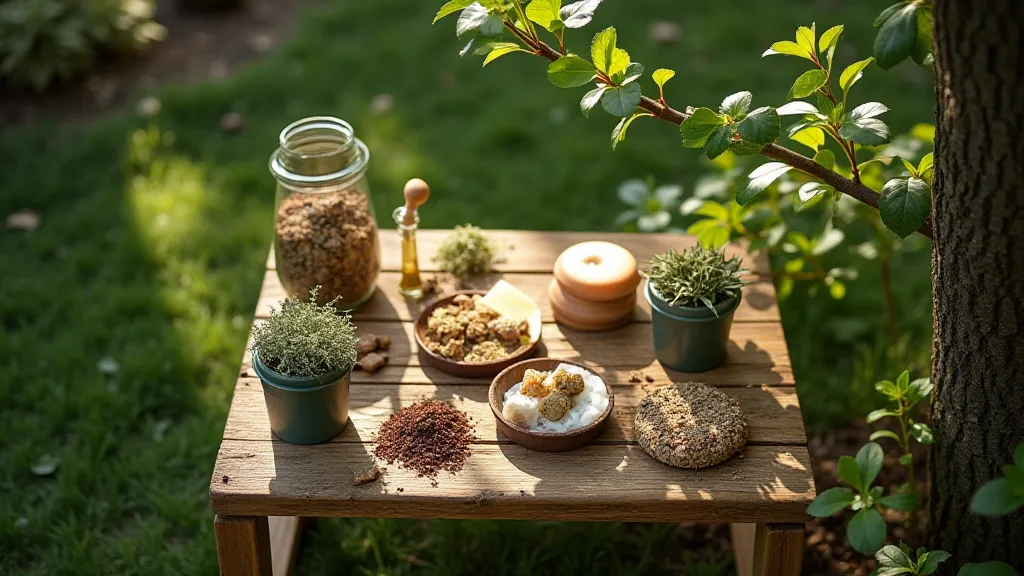
My grandmother’s stories, those faint echoes of a lost world, serve as a constant reminder of what we stand to lose. But they also offer a source of hope – a belief that, even in the shadows of the past, the seeds of healing can still be nurtured and brought to bloom. The process is ongoing, a continual dialogue between the wisdom of the past and the possibilities of the future. The plants themselves hold the answers, if we only learn to listen.
